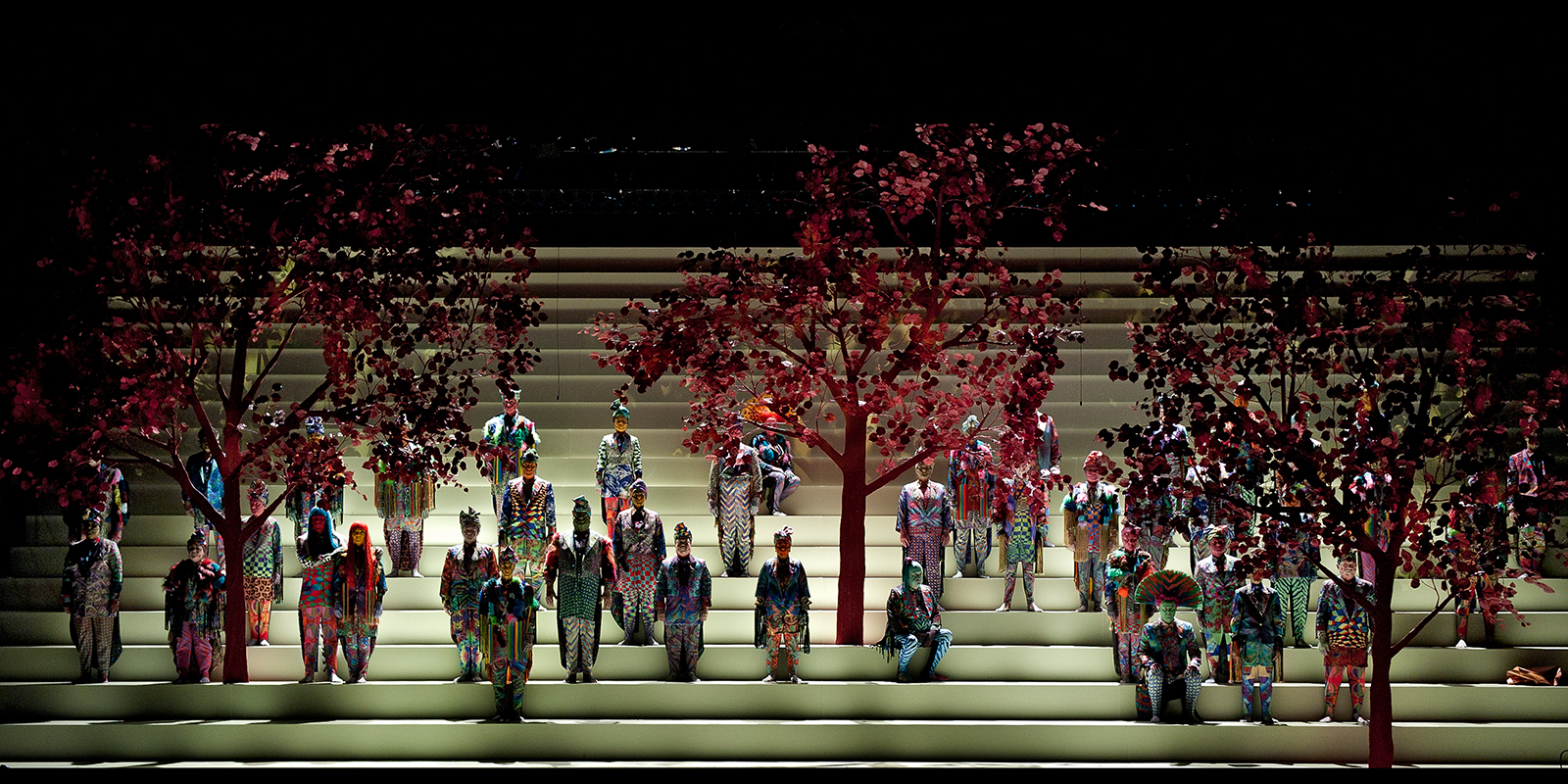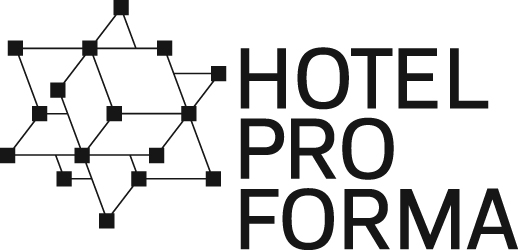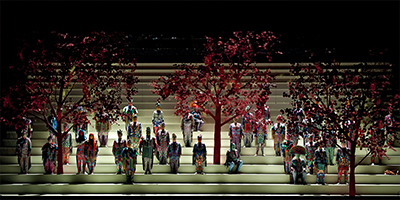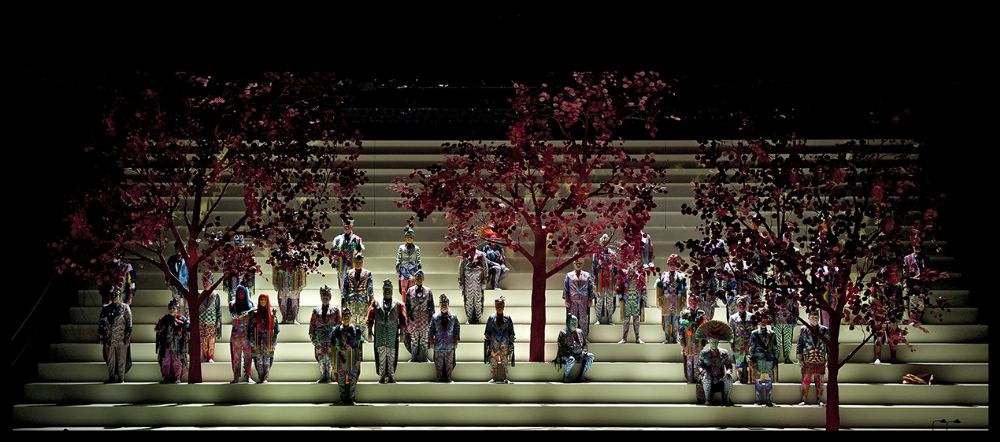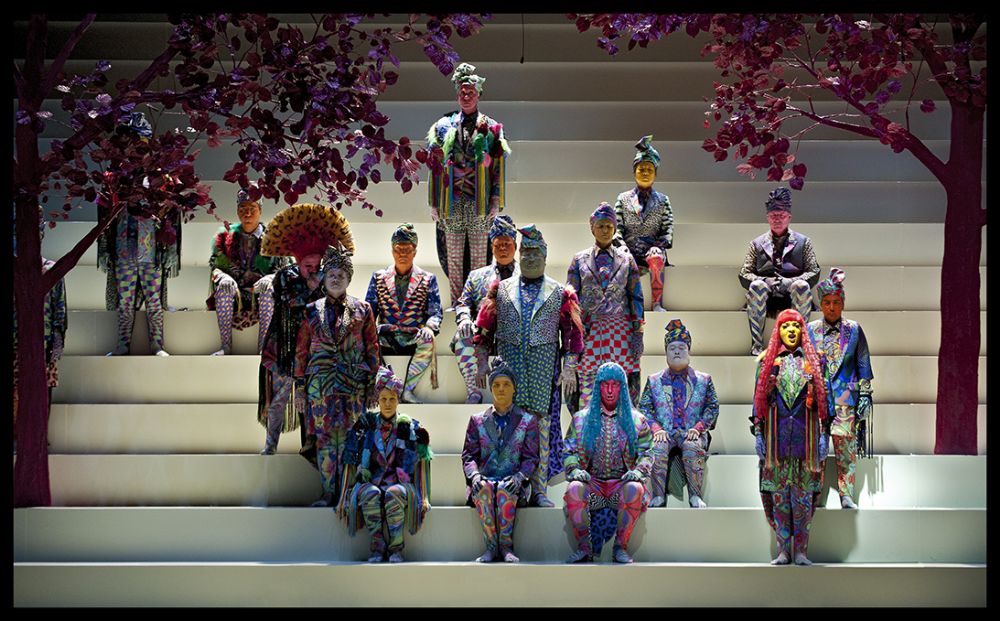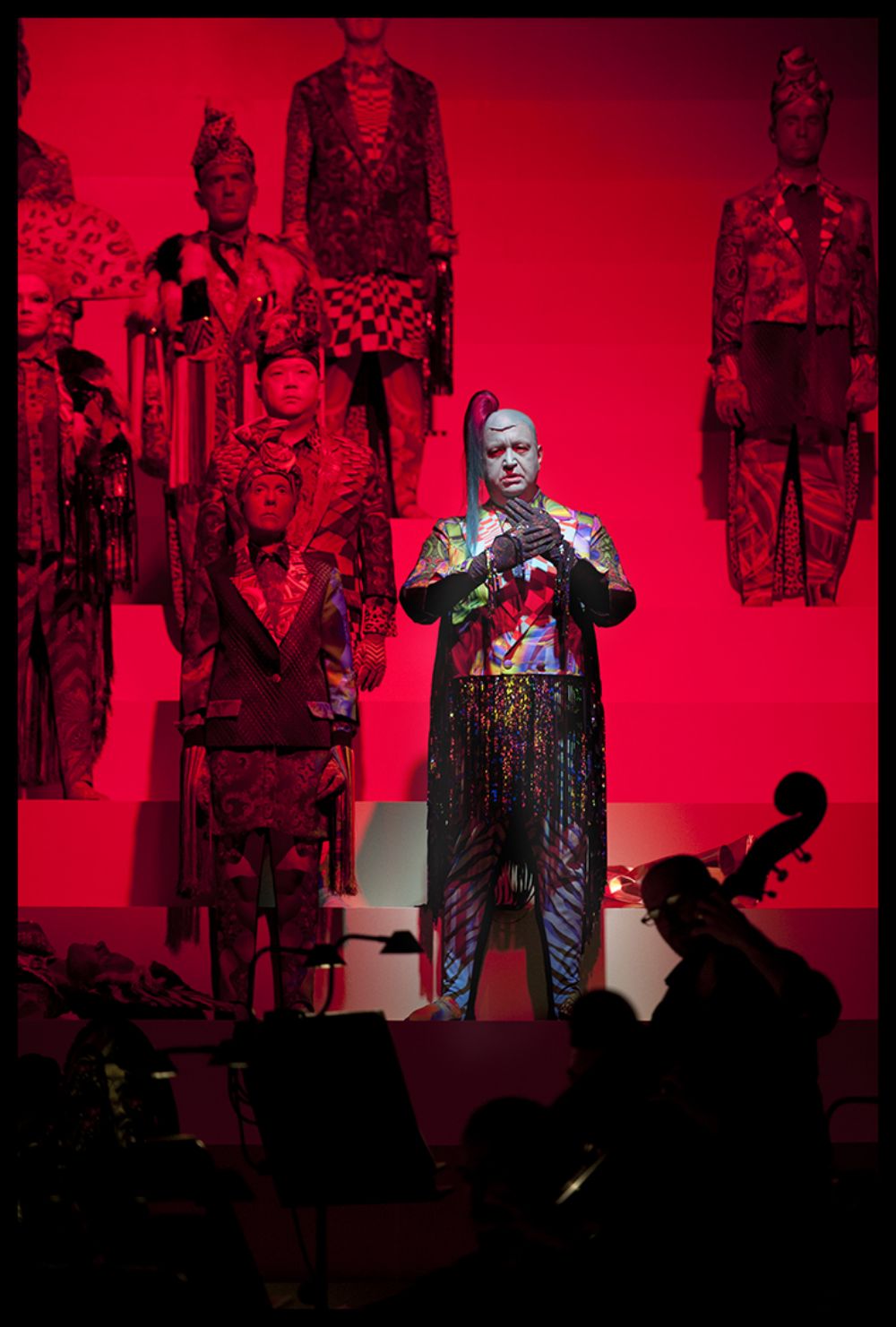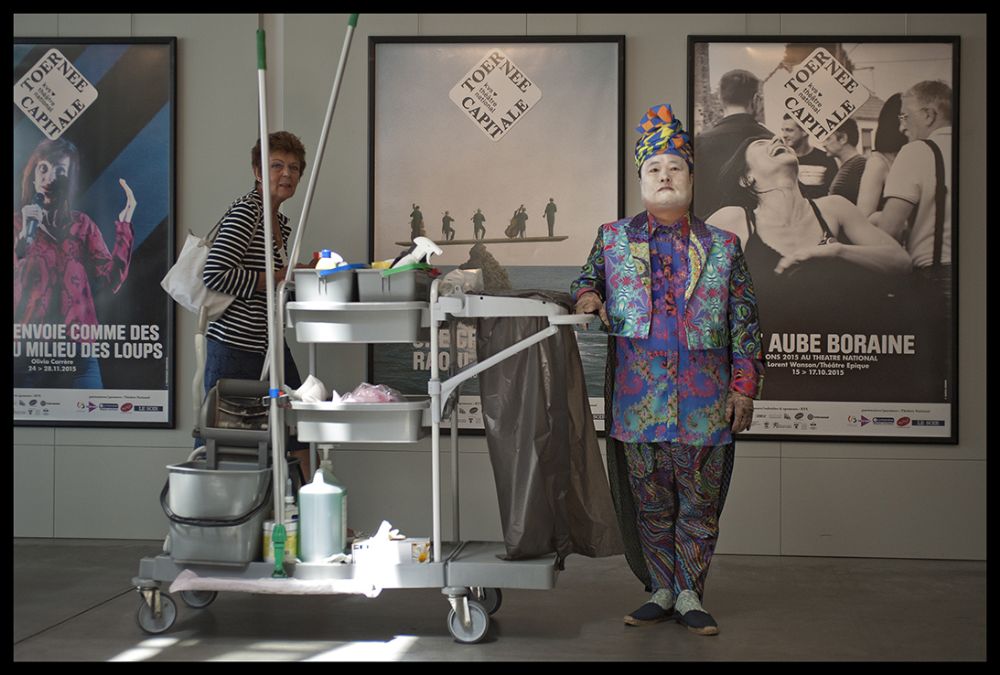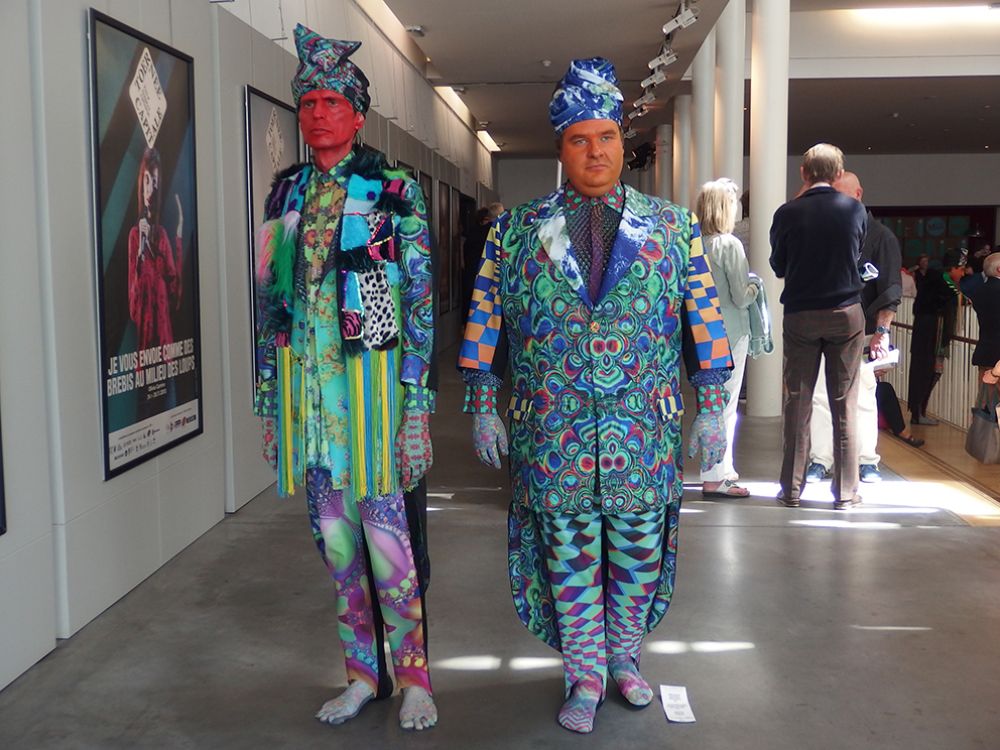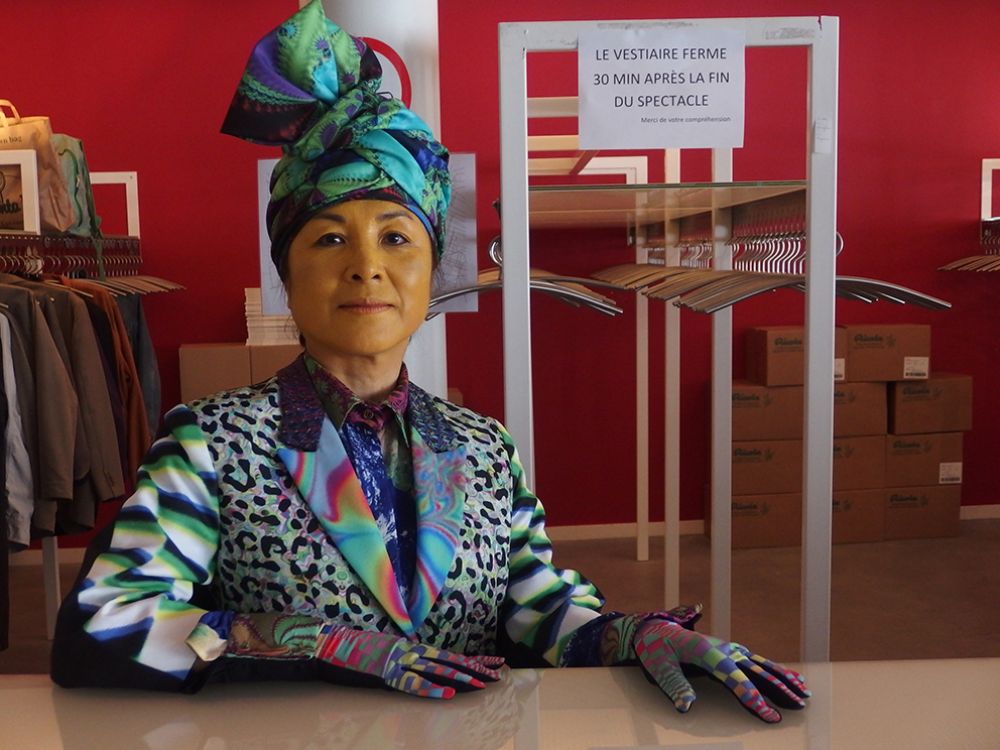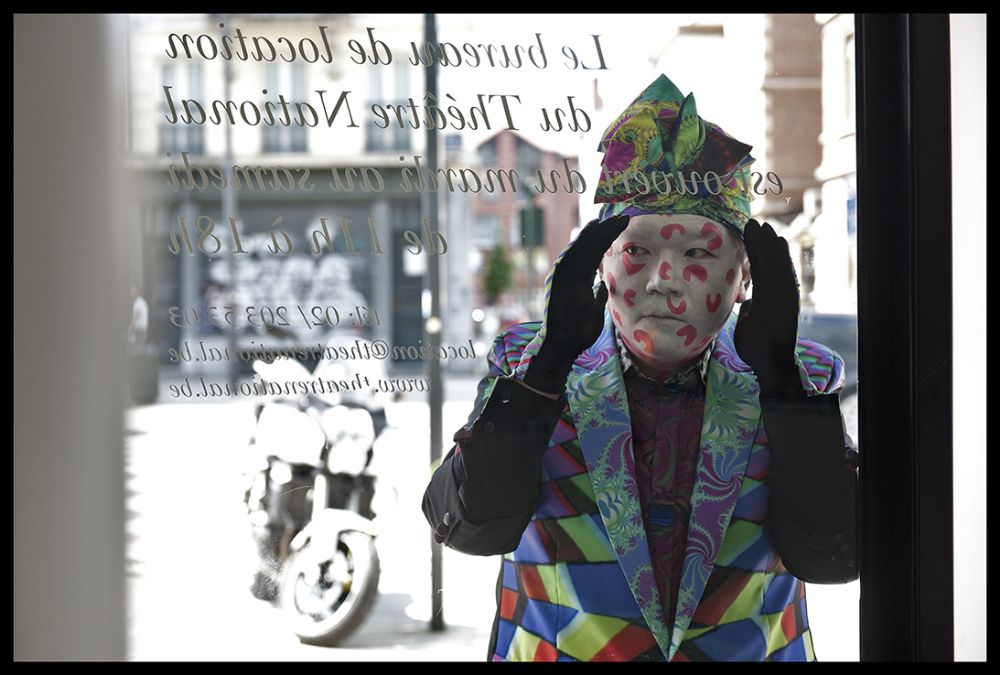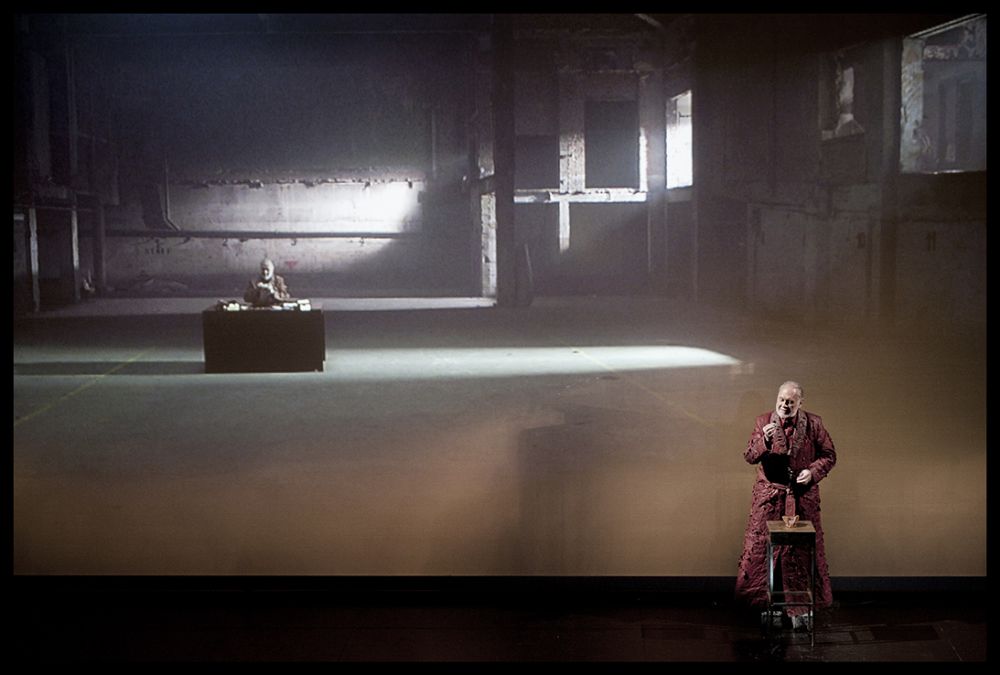Rachmaninov Troika as a visual score
Beauty is an experience – an experience of significance that transcends interpretation. The beautiful is that which has value in itself and which cannot,without being subdued, be turned into the means to something else. The experience of beauty is more profound than an experience of outer forms, no matter whether they are created by nature or man-made. The experience of beauty is sensual and seductive in its point of departure, but it is also reflexive and characterising, since it teaches us that not all things in the world have their purpose outside themselves, but within themselves. In this way, Art does well from preserving its autonomy.
This is where opera comes in as a strong player. Opera with its basic human-borne narratives about life, passion, intrigue, jealousy and death. Lots of deaths, deaths that go on for ages and ages before the final note dies away. Simplified, triviel life stories whose only real purpose is to create music of great beauty. Music and song that convey all emotions and lift their listeners to a place in some other world. A place where no questions are asked about the whys and wherefores. A place where we forget about the uncomfortable seat and what the ticket price happens to be. It is the power and magic of music that reign supreme. It is a place where art and beauty, at best, on rare occasions, create the material of which stars are made. And which we mortals can become addicted to.
We who stage and visualise opera are the servants of music. We create the optimum framework for the experiencing of the singing and the music. We create a visual score, a cohesive whole of music, image and narrative, where the individual elements take turns in being given attention or where they are all harmoniously united. We create the opera on the basis of the given story. We cannot avoid the story, but its simple structure and simple or simplified content is something we use as an overall framework in order to create total images, where the detail only appears sporadically in heightened moments. Only in order to focus attention and give the story razor-sharp contours. Around these moments we paint the picturesque scenarios with a large brush – the architectural image-space where the narrative takes place.
We never start with the psychology, we start with the form. We cannot avoid the psychology, it is always present no matter what we do, since we are psychological beings. But we do not start with it, so as not to fall into the psychological trap where everything is given in advance, where there is no room for multiple interpretations. We begin – and end – with a thoroughly prepared visual score that leaves room for multiple interpretations, where we can be astonished, surprised, find explanations ourselves. A strong visual formal language is thus a storyteller along with the music and the libretto.
The visual narrator is: the space, the architecture, the image composition, the costumes, the lighting, the movement. All that which, along with the music, is to become one harmonious whole.
We start with the space, a large black-painted room without a proscenium that is the traditional separation between auditorium and stage. We fill up the stage space with a new stage: the staircase as a piece of architecture between the horizontal and the vertical – a parable of immense dimensions. A mirroring of the rise in the rows of seats in the audience. We populate the staircase with the orchestra at the bottom on fixed seats and with the soloists and chorus above them on the staircase in shifting constellations like composed images on a spatial surface. The staircase is a metaphor for the underworld. The underworld from where the opera Franceska is narrated. The entire Rachmaninov Troika is placed in the underworld. Everyone is dead. Everyone wants to tell their story.
The elaborate costumes of the singers is a performance in itself. Here we see the result of art and handicraft in fine cooperation and with an overwhelming power of expression. The detailed work of the workshops is something we normally only see from the auditorium, far away from the stage. But now the chorus mixes with the audience in the foyer during the interval as alien figures, so that everyone gets up really close to shapes, colours and textures in each individual figure.
The lighting accentuates the soloists, displays the chorus, underlines the orchestra. The lighting draws and brings out the staircase as line and form, as architecture. The lighting creates day and night, coloured shadows and black & white waves of interference. The lighting creates rooms without walls, suggestions of rooms. The lighting is both factual and emotional. The lighting is the be-all and end-all.
The movements on the staircase are the musicians’ precise strokes, beats and grip on the instrument. It is the groupings of the chorus and the sculptural bodily postures of the soloists. It is the movement of the wind in black – white costumes, it is the coloured dancing of the lighting on the pale steps of the staircase.
Rachmaninov Troika begins with Aleko. Aleko as opera and theatre. The space is deep. Aleko is quite literally a colourful narrative. The scenarios explode in a beauty of colours and shapes, until the end when everyone turns round and presents a black back to the audience in order to look at the white Aleko, who disappears alone up and out of the picture.
Interval. The chorus mixes with the audience as gipsies from Aleko to have a cup of coffee, collect empty bottles, disturb, stand and wait, sit and wait…
The Miserly Knight follows. Opera as architecture. The staircase is invisible, the space is flat. Five soloists are on the forestage, with filmed architecture as the background. The building adjoining the Theatre National, Cinema Marivaux, presents its rooms, once stylish and decorated, now in a state of advanced decay. We see the baron lonely in his dilapidated castle, alone with his vast fortune. Three other characters appear in their separate rooms. The beauty of the rooms is only on film.
Franceska concludes the Troika. It is opera as image. Once again the space is deep. We find ourselves in the underworld, in Dante’s Second Circle. The dead tell their stories to Dante. All colours have vanished, everything is in black & white, light and dark, shadows in the wind. The beauty is that which we see, that which we hear. The beauty is real.
Opera is State of the Art. Opera is monumental. Opera is a battle for time. Opera is incredibly expensive. Opera is an omnivorous monster. Opera is the result of the work of innumerable skilful craftspeople, technicians, musicians, singers, artists and administrators. Opera is passion. Opera is lie and truth in their purest form.
La Monnaie de Munt stands behind it all. I send greetings with great respect to all the people from La Monnaie and thank them for their cooperation and for the entire production of Rachmaninov Troika.
Kirsten Dehlholm, stage director, artistic director of Hotel Pro Forma
